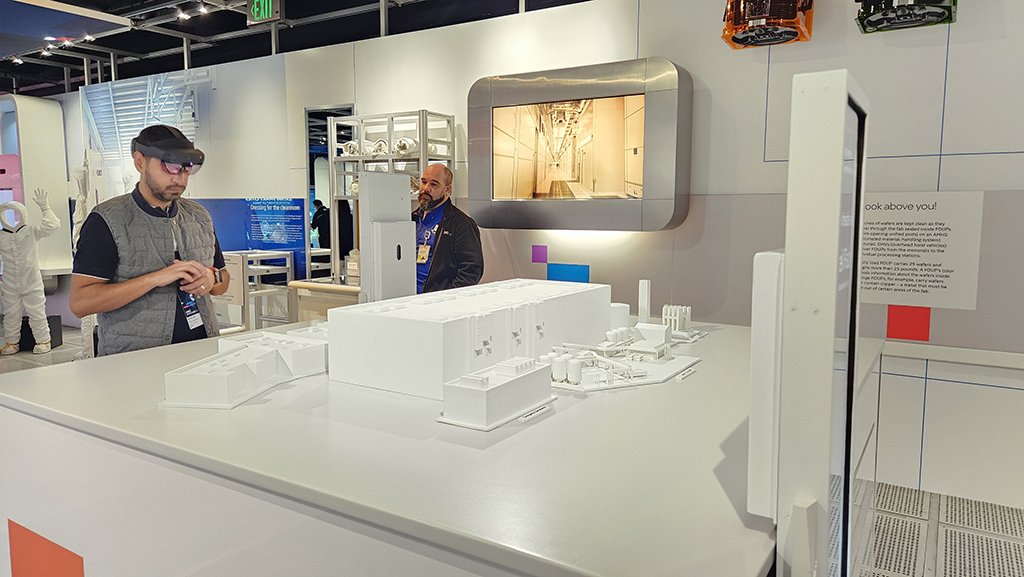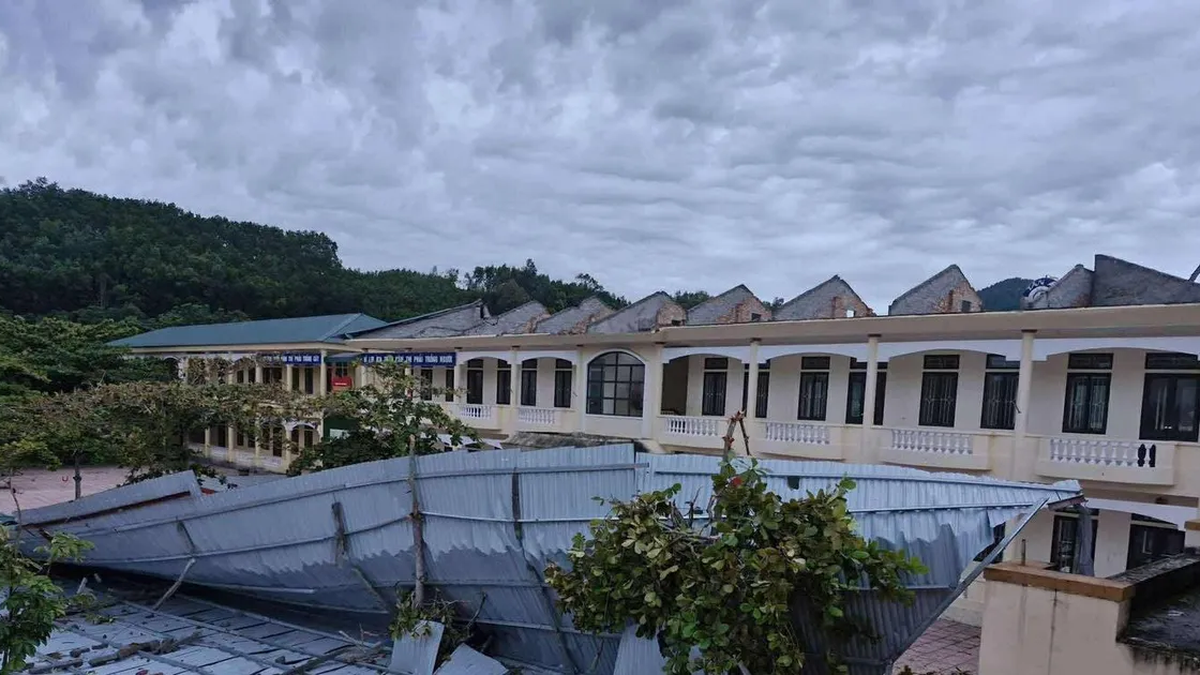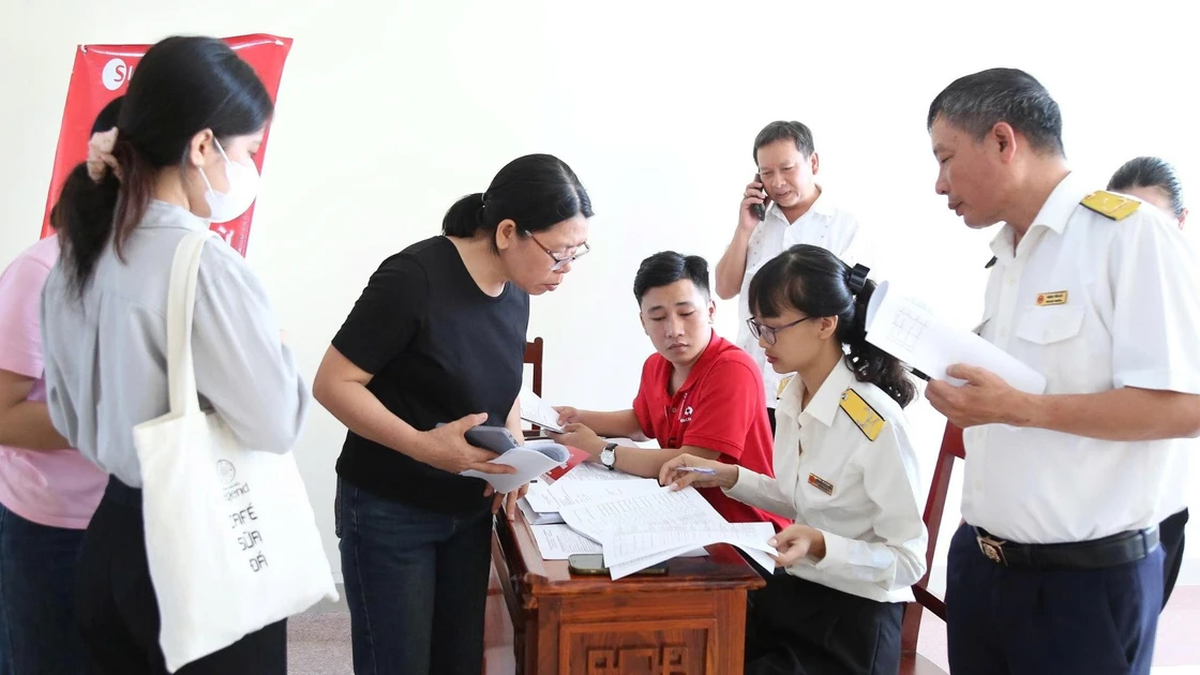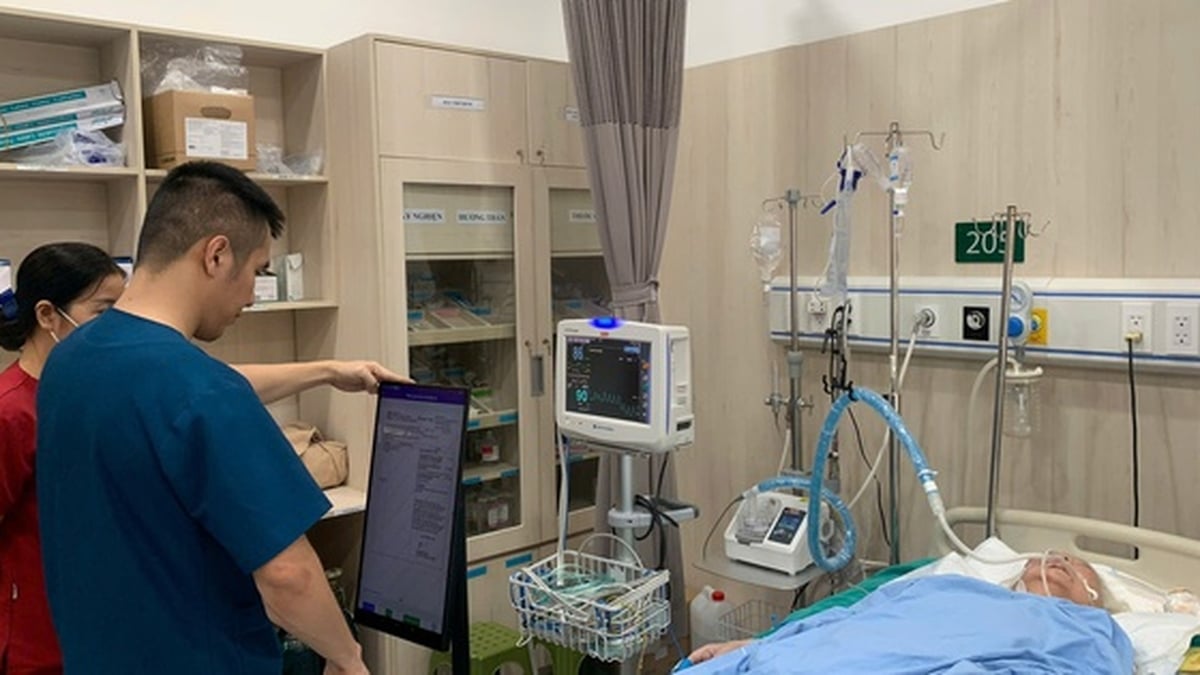AT&S (Austria) recently announced that it will start mass production in Kulim (Kedah, Malaysia) this year. Thereby, AT&S becomes one of the first PCB manufacturers to officially expand operations in Southeast Asia since the recent outbreak of the US-China technology war.

3D simulation system of Intel's chip development research center
Don't put all your eggs in one basket.
"Diversifying your production base is a wise decision. You shouldn't put all your eggs in one basket," AT&S CEO Andreas Gerstenmayer was quoted as saying by Nikkei Asia at the factory's inauguration last week. AT&S said the factory will have about 2,400 employees by the end of this year and will focus mainly on customer AMD (US).
In 2021, the company announced plans to build two factories in Malaysia with a total investment of up to 1.8 billion USD over many years. The factory just inaugurated above is part of this plan. AT&S currently has a facility in Chongqing (China) with more than 6,000 employees and a facility in Shanghai (China), along with factories in Korea and India specializing in the production of printed circuit boards. AT&S is also building a product research and development line right at home.
Not only AT&S, Taiwan-based Kinsus Technology, a chipmaker, is also considering building a factory in Malaysia. In fact, companies in the semiconductor industry have been gradually shifting production out of China in recent years to reduce risks from the ongoing tensions between Washington and Beijing.
Meanwhile, on January 25, Intel Corporation (USA) and Taiwan's second largest chip manufacturer, UMC (United Microelectronics Corp) announced a cooperation agreement to produce chips in the US state of Arizona from 2027. Accordingly, this project focuses on producing 12nm process chip products specialized for Bluetooth, Wi-Fi connectivity as well as microcontrollers, sensors and a series of other connectivity applications. Intel said the above agreement is long-term in nature to promote internal production capacity right in the US.
As the world's third-largest chipmaker, UMC is primarily focused on Asia, with its headquarters in Taiwan. UMC also has facilities in mainland China, Japan, and Singapore. In particular, UMC is investing in a $5 billion factory in Singapore to focus on providing chips specializing in 5G and Internet of Things (IoT) technologies.
UMC's "compatriot" TSMC is building its first factory in the US to produce 4nm chips. Also located in Arizona, TSMC's factory in the US is expected to be operational from 2025. At the end of 2022, TSMC announced that it would triple its investment in the US to $40 billion. The increased investment is to develop TSMC's second chip factory in the US with the aim of producing 3nm chips. In addition, TSMC is also promoting the expansion of operations in Germany and Japan. TSMC is currently a chip manufacturer and packager for many of the world's leading technology corporations such as Apple, Nvidia, Qualcomm, Broadcom and MediaTek. And the diversification of production facilities is explained by TSMC as meeting customer requirements in ensuring long-term supply chains.
Promise of explosion
On the same day, January 25, TSMC announced that its revenue this year could increase by 26% compared to 2023 thanks to the development of computing for artificial intelligence (AI).
TSMC's revenue is expected to increase "quarter by quarter throughout 2024," TSMC CEO Wei Zhijia (CCWei) told Nikkei Asia . And full-year 2024 revenue is expected to increase 21-26% thanks to continued expansion of advanced manufacturing for AI-related chips. Wei also expects the annual growth rate of AI computing to reach 50% in the coming years.
Indeed, being the focus of the world's leading chip manufacturers such as Intel, Qualcomm, AMD, Nvidia..., AI is promised to help the semiconductor chip market develop explosively in the coming years.
Investment costs increase
Despite the promise of explosive growth, the semiconductor industry is also facing the challenge of rising costs. International Business Strategies, a US chip consultancy, estimates that the initial investment for 2nm chips, which are expected to begin production by the end of 2025, is approaching $30 billion. That’s nearly 10 times the cost of 28nm chips a decade ago.
Source link
























![[Photo] National Assembly Chairman Tran Thanh Man visits Vietnamese Heroic Mother Ta Thi Tran](https://vphoto.vietnam.vn/thumb/1200x675/vietnam/resource/IMAGE/2025/7/20/765c0bd057dd44ad83ab89fe0255b783)










































































Comment (0)